How to Recognize A Stroke Before It's Too Late (Video)
by N.Morgan
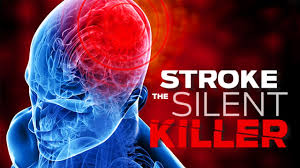
Back in 1996, I watched in horror as my dad had a massive stroke for 24 hours. I begged him to let me take him to the hospital and he refused to go. By the time I did get him to the hospital, his entire right side was dead and his face was drooping. The one thing he said after all of the physical therapy and rehabilitation was that he regretted that he hadn’t gone when I was trying to take him. He spent almost a year in the hospital recovering. I cannot stress enough the importance of getting medical attention IMMEDIATELY!
If you were having a stroke, would you know it? Like a heart attack, a stroke happens when blood flow is blocked to an important part of your body. But it’s not your heart that’s O2 starved during a stroke—it’s your brain. Another difference between the two: Stroke doesn’t often come with a side of pain.
“That’s actually one of the problems with stroke,” says Royya Modir, MD, assistant professor in the division of vascular neurology at the University of California San Diego School of Medicine. “Typically, when people have pain, they come to the ER. Stroke is not always painful.”

That’s one of the many reasons it’s important to know the red flags of a stroke. The symptoms can be subtle, but they’re signals of a serious problem—your brain cells aren’t getting the oxygen they need to function and keep you alive. Every minute counts after a stroke happens, says Modir. The faster you clue into what’s happening and seek help for a stroke, the more likely you are to survive and avoid permanent brain damage.
The keyword for stroke symptoms? Sudden. “Typically, strokes don’t occur in a slow, progressive fashion. Something changes from one second to the next,” says Modir. Learn these symptoms so you can get help quickly. (Looking to take back control of your health?
You can’t smile straight.
If the face staring back at you in the mirror doesn’t seem like yours, or you can’t seem to make it move like you want it to, it could be a stroke. A drooping face—numbness or paralysis on one side—means part of your brain isn’t getting enough blood. “Often, somebody might tell me their face feels swollen, or they’ll drool out one side of their mouth” because they have difficulty swallowing, says Modir. If you grin and one side of your mouth stays down, something’s up.
You’re sober but sound drunk.
Slurred speech, garbled words, talking in gibberish: They’re all clues that your brain isn’t working the way it should. Any strange changes in the way you communicate should put you on alert. “You might have a harder time than normal finding your words, or you might have a hard time understanding other people, or you might start speaking nonsense,” Modir says. “I wouldn’t ignore it. Call 911 immediately.”
If you notice this symptom in a friend, ask them to repeat a simple sentence. If they struggle, call for help.
You can’t get a grip (on one side).

If you have trouble lifting or holding things because your arm feels weak, get help. “It can be very subtle. Maybe you [suddenly] have a hard time using the remote control or typing. Or maybe your arm feels heavy—that’s how subtle it can be,” says Modir. If you’re not sure, do a test by lifting both arms straight out. Does one drift downward? Take note; it may be a stroke.
You feel like you’re on a tilt-a-whirl.
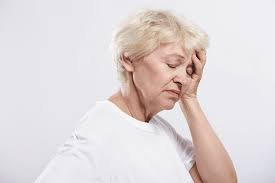
When you can’t feel one of your legs, you get off-kilter quick. You may have trouble walking or even standing without losing your balance, or you may just feel dizzy, no matter what position you’re in. Don’t just chalk it up to clumsiness; check in with your doctor ASAP.
Your head’s suddenly in a vice grip.
A head that explodes in pain isn’t normal—especially if you’re not someone who typically struggles with headaches. Headache from a stroke is severe, sudden, and feels different than any other headache you’ve ever had. (Here are 4 types of headaches you’ve never heard of, but could be suffering from.) Often, people call it “the worst headache of my life.”
Head pain during a stroke can be a sign of a ruptured brain aneurysm—a burst blood vessel in your brain, which can cause a hemorrhagic stroke. “It’s rare, but it can be deadly,” says Modir.
Your eyes deceive you.
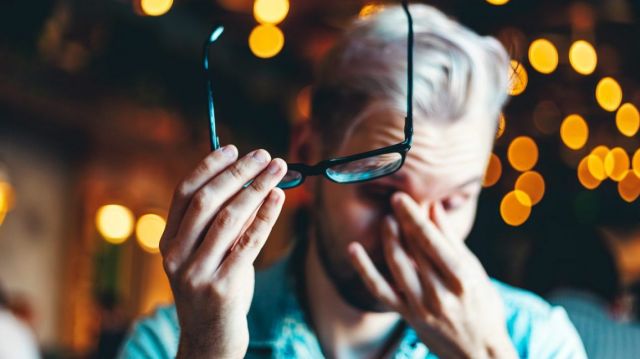
A stroke can suddenly make your world go dark. Up to a quarter of stroke survivors lose some part of their vision during or after a stroke. Others see double or have blurred vision, depending on where stroke strikes your brain. It may seem obvious when eye symptoms are in play, but never drive yourself to the doctor to get checked out for a stroke.
Always call an ambulance. Arriving by ambulance puts stroke teams on alert so you can bypass the waiting room and get to the help you need quickly. “If you wait and come late, we can’t do a lot,” says Modir. “If you come early, we might be able to save your life.”
Give The Gift Of Health And Support BeforeItsNews By Trying All Our Health Products Below.
We have an affiliate program designed for content creators and affiliate marketers, who would like to sell this product, please click here for affiliate program details. Our affiliate program is designed to help you monetize your screen time.
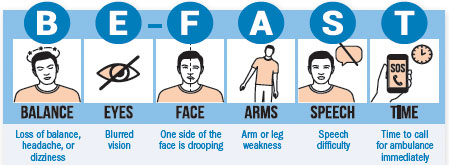
References:

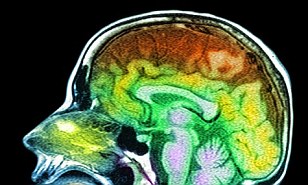
.png)
.jpg)

Comments
Post a Comment